
Why Bamboo Steamers Are Among the Best Non-Toxic Cookware of 2025
A bamboo cooker is a must-have for anyone who likes dumplings, vegetables, or healthy Asian food. Unlike plastic or metal steamers, bamboo steamers are easy to use, safer, and better for the environment. Unlike regular cookware, bamboo steamers keep food’s natural moisture and nutrients while keeping it away from chemicals and oils that are bad for you.
Let’s learn everything you need to know about bamboo steamers if you want to improve your cooking with a better and healthier way to steam food.
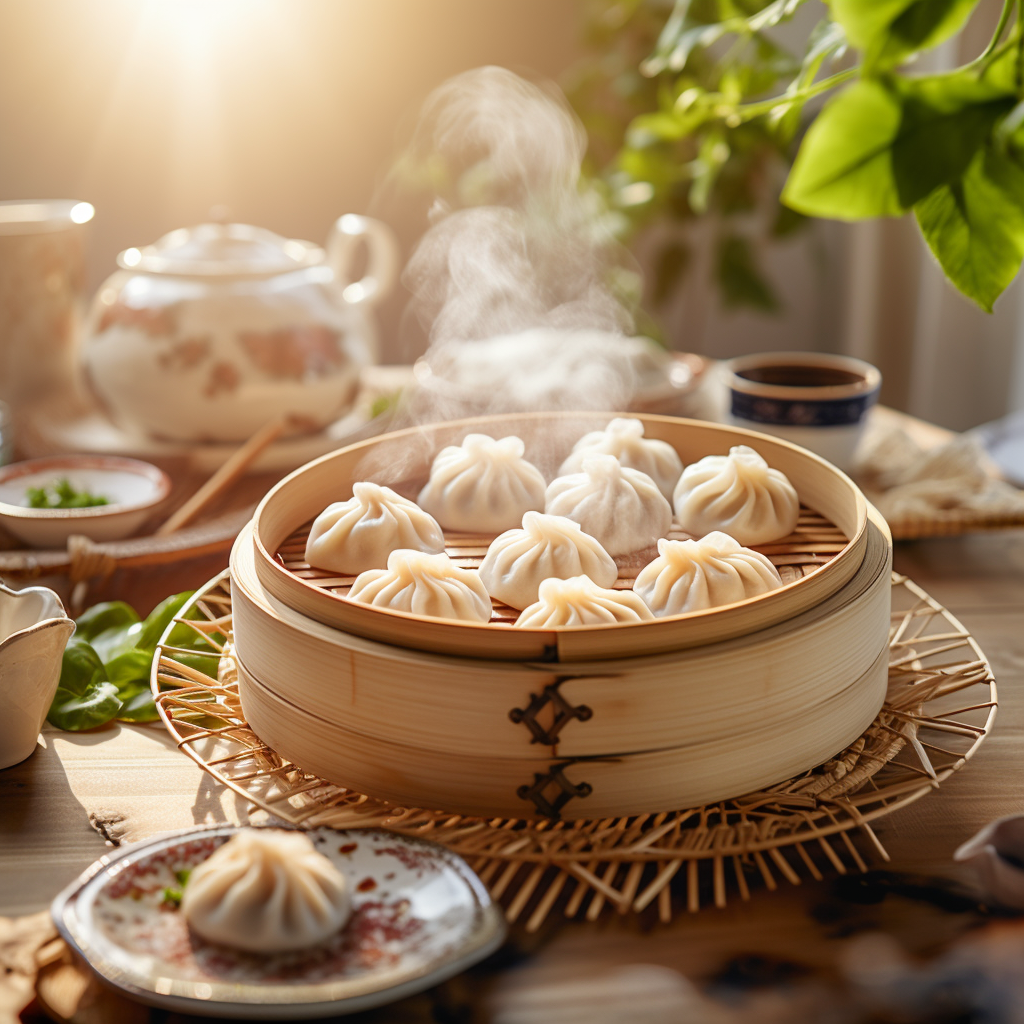
Why Should You Pick a Bamboo Steamer?
Advantages of Bamboo Steamers
There are many great things about bamboo steamers that make them stand out from other cooking tools. Here are some more reasons why they’re important in the kitchen:
1. Encourages eating better
Many people think that steaming is one of the best ways to cook because it doesn’t need any extra fats or oils. A study from the Journal of Food Science found that broccoli keeps up to 90% of its nutrients when steamed, but only 60–70% when boiled or fried. Bamboo steamers enhance this benefit by absorbing excess moisture. This stops condensation from dripping back onto the food, making it crisp instead of soggy.
2. Sustainable and good for the environment
Bamboo steamers, made from a material that grows back quickly and naturally, are beneficial for the environment. Plastic steamers can leach chemicals into food and add to landfill trash. On the other hand, when left alone, bamboo steamers break down naturally and don’t contain any dangerous chemicals. This makes them a good choice for people who care about the environment.
3. The most versatile
You can make a variety of meals with the bamboo dumpling steamers, from veggies and fish to perfecting your dim sum. The tiers allow you to cook multiple dishes simultaneously. This saves time and energy in the kitchen.
4. A natural way to improve flavor
Bamboo gives food a light, earthy smell and a unique depth of flavor that you can really taste when you steam dumplings or bao. This natural addition makes food taste better without adding a lot of spice, so every bite is a treat.
5. Easy accessibility and low cost
Bamboo steamers are a cheap addition to any kitchen because they cost between $20 and $50. Because they last a long time and don’t need much upkeep, they are a good purchase that will pay off for years.
Discovering Bamboo Steamers’ History: Tradition Meets Modernity
Bamboo steamers have a history that goes back more than 2,000 years to ancient China, where they were first made as a useful way to cook over open fires. These steamers were made from woven bamboo, which is an easy-to-find and reusable resource. You could stack the tiers, and the slatted sides allowed steam to circulate evenly throughout the food. This clever design cooked meats, veggies, and rice without using oils or fats, so the foods kept their health benefits and tasted better.
In Asian societies, bamboo steamers were more than just useful tools; they were also signs of skill in the kitchen. People used them to make steamed buns (bao) and tiny dumplings in both busy street markets and home kitchens. This gave them a special place in Chinese traditions such as dim sum. These traditions are still carried on today by bamboo dumpling steamers, which let both home cooks and expert chefs imitate the real flavors.
What really impresses me about bamboo steamers is how flexible they are. These eco-friendly steamers are now popular outside of Asia, especially among health-conscious cooks and people who care about the environment. Does bamboo grow quickly? up to 35 inches per day? It requires no chemicals or extensive labor to produce, making it an environmentally friendly option. As recyclable choices to metal or plastic steamers, they are popular with people who want to eat healthy, tasty food while also being good for the environment.
Feature Comparison Table
Detailed Comparison
Heat retention: Because bamboo steamers cook slowly and evenly, you don’t have to worry about overcooking delicate foods like veggies and dumplings.
Eco-Friendliness: Bamboo steamers are recyclable and made from reusable materials, so they have little to no effect on the environment.
Taste Preservation: Bamboo’s natural fibers soak up extra water, so foods keep their structure and taste without getting soggy.
Maintenance: To keep mold from growing, bamboo steamers need to be dried completely. This simple care routine makes them last a lot longer.
Versatility: Bamboo steamers can be used with a variety of tools, such as woks and pots, and are great for a wide range of foods, from traditional dumplings to modern treats.
How to Cook Food Perfectly in a Bamboo Steamer
Step 1: Pick the Right Pot or Pan
• The pot that comes with your bamboo steamer needs to let steam rise well. This is your best choice:
• The sides of a wok should be sloped so that the steamer fits snugly inside.
• It works well to use a wide pan that is about 1 cm bigger than the steamer.
• It’s okay to use a big pot, but make sure the steamer isn’t completely covered.
Tip: Don’t use a small pot where the steamer goes past the edge. This puts direct heat on the bamboo, which can burn it or bend it over time.
Step 2: Get your bamboo steamer ready.
• Line the bottom with a nonstick, nontoxic layer before putting food in it. This will keep the food from sticking. It’s safe to choose these:
• Slices of carrot are excellent for making dumplings. Brings out a little sweetness in the taste.
• Cabbage leaves are a natural and traditional way to line a pan that keeps food from sticking.
• Is there parchment paper with holes? This lets the steam move around and keeps the steamer clean.
Step 3: The Right Way to Steam Food
• Bring about a centimeter of water to a boil in your pot or pan.
• Put food in the bamboo cooker, making sure it doesn’t touch anything else.
• Stack more steamer baskets if you want to steam more than one layer at a time.
• Put on top of the pot the bamboo lid (or a glass lid if it’s a big one).
• For dumplings, steam for 8 to 10 minutes. For other foods, change the cooking time.
Tip: Don’t open the door too often! This lets steam out and makes the cooking go more slowly.
Step 4: Taking the steamer off safely
• Watch out when your food is done. Steam can burn!
• Safety first: Use two sets of tongs to lift the boxes.
• Before reaching in, expel the steam to prevent burns.
• Wait until the steamer is cool to wash it.
How to Keep Your Bamboo Steamer from Growing Mold
• After each use, let it dry completely and sit out for at least 24 hours before putting it away.
• Keep it somewhere with good airflow (don’t put it in a damp closet).
• Rub it every so often with a mixture of white vinegar and water to get rid of any smells that are still there.
What Else Can You Cook in a Bamboo Steamer Besides Dumplings?
Think dumplings are the only thing bamboo steamers can cook? Don’t believe it! You can also make these other healthy foods:
Steamed vegetables: they keep their nutrients and don’t get too cooked.
Steamed fish: naturally adds taste and keeps it fresh.
Sticky Rice: This is the best way to make sticky rice ever.
Steamed desserts: like mochi and sponge cakes.
Tip: To cook foods with sauces without a mess, put a heat-safe plate inside your steamer.
Many kinds of food taste great in bamboo steamers. To see what they can do, try these recipes:
1. A mix of steamed vegetables with garlic sauce
Broccoli, carrots, snap peas, garlic, soy sauce, and olive oil are what you need.
How to Do It: Steam the greens for 5 to 7 minutes. Cook garlic in sesame oil, then pour it over the vegetables and serve.
Tip: Put veggies that are thicker, like carrots, on the bottom tier.
2. Steamed ginger and soy fish
White fish pieces (like cod), ginger, onions, soy sauce, and rice wine are what you need.
Prepare the fish by putting it on a plate and putting it in the steamer. Cook for 10 to 15 minutes. Add onions as a garnish.
Tip: Make sure the plate fits tightly so that steam can flow.
Best Non-Toxic Bamboo Steamers for 2025
If you want to buy a bamboo steamer, these things should be on your list:
✔100% Natural Bamboo: Avoid steamers reinforced with plastic or glue. ✔Durability and Strong Weave: To make sure it lasts a long time, look for slats that are tightly woven. ✔Size: Make sure you get the right size for your cooking needs and pots.
Here are some top picks and key factors to consider:
Helen’s Asian Kitchen Bamboo Steamer (10-Inch)
Why: Made from 100% natural bamboo, it’s sturdy, non-toxic, and includes two stackable tiers.
Best For: Small households or beginners.
Consider: Check for tight weaving to ensure durability.
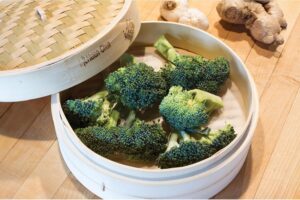
Joyce Chen 2-Tier Bamboo Steamer (10-Inch)
Why: High-quality construction with a domed lid for extra space and excellent steam retention.
Best For: Frequent steamers cooking larger meals.
Consider: Opt for a size that fits your cookware.
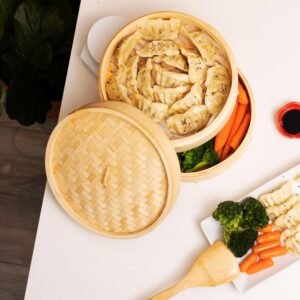
VonShef Premium Bamboo Steamer (10-Inch)
Why: Comes with reusable liners and a strong, sustainable design.
Best For: Eco-conscious cooks seeking value.
Consider: Ensure the bamboo is untreated and free from glues.
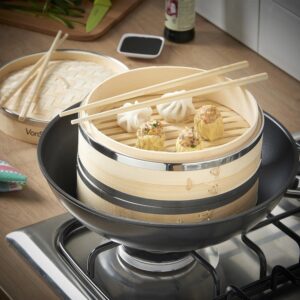
Key Factors: Look for food-grade, untreated bamboo, a snug-fitting lid, and a size (typically 8-12 inches) that matches your pot or wok. Durability matters—check reviews for longevity.
Why Bamboo Steamers Are Among the Best Non-Toxic Cookware of 2025
For people like me who have been trying to clean up their kitchens and use less toxic items, a bamboo cooker is a simple but useful tool that will change the way you cook. More and more people are giving up nonstick coatings and mysterious metals in 2025 in favor of natural, open materials. Bamboo steamers are at the front of this trend. They are made from raw bamboo, so you don’t have to worry about chemicals. They cook your food slowly with steam, which helps keep the nutrients and taste in. You can use bamboo dumpling steamers to make perfect dumplings, steam colorful veggies, or try out new recipes. These eco-friendly steamers are very useful and stylish. It’s safe, good for the environment, and feels good to use.
Now you know how to steam food naturally the right way: get a useful bamboo steamer and start cooking!

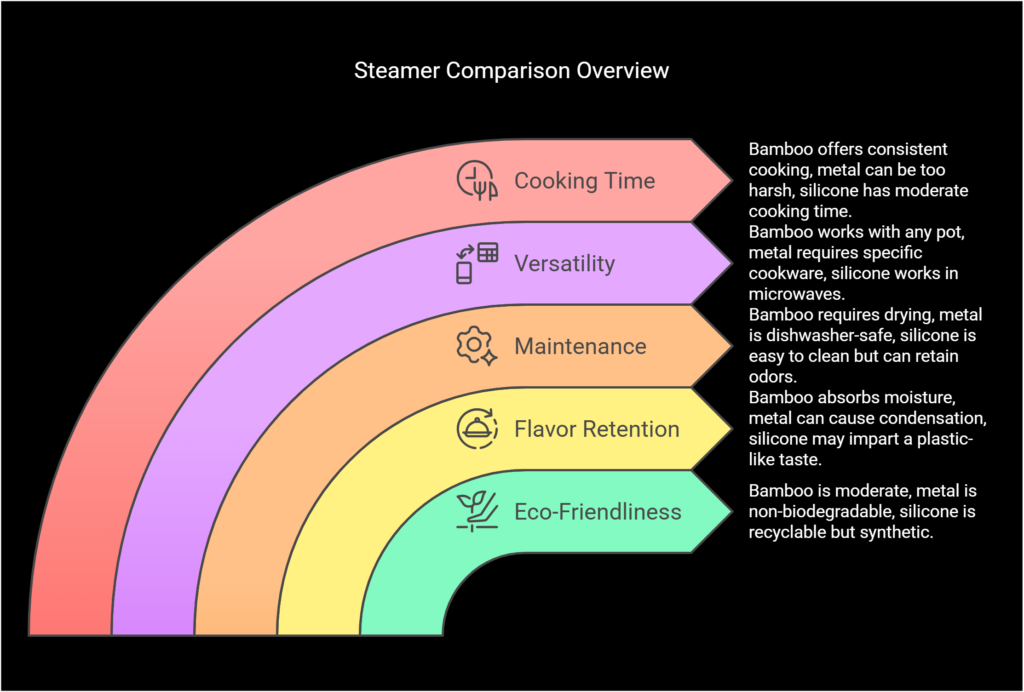

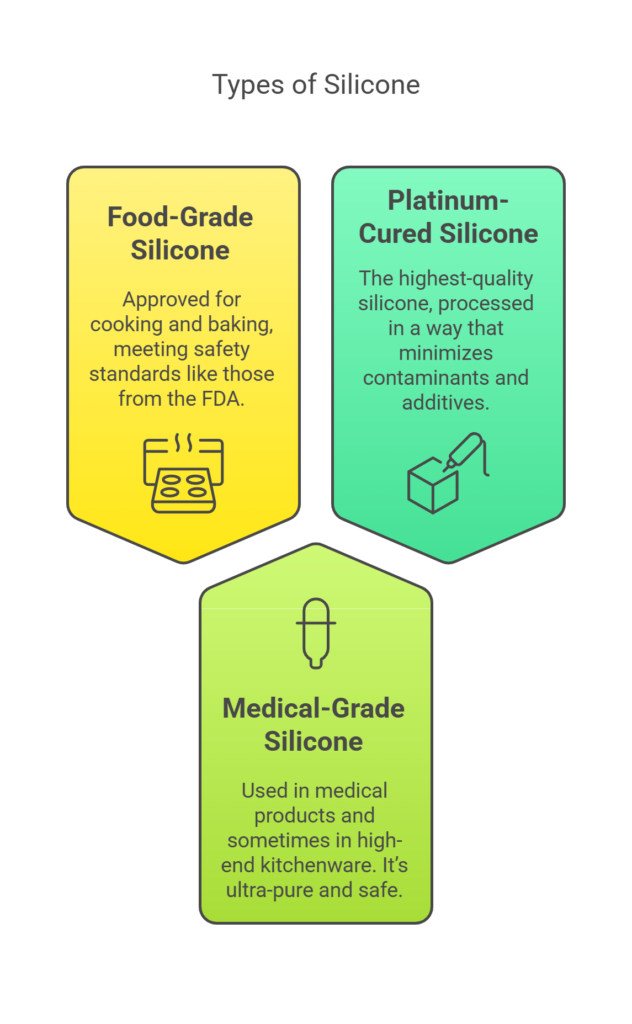
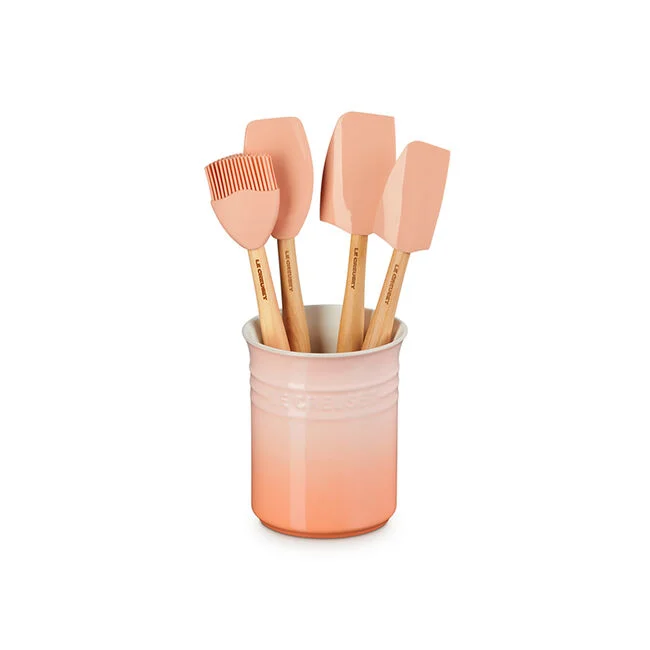
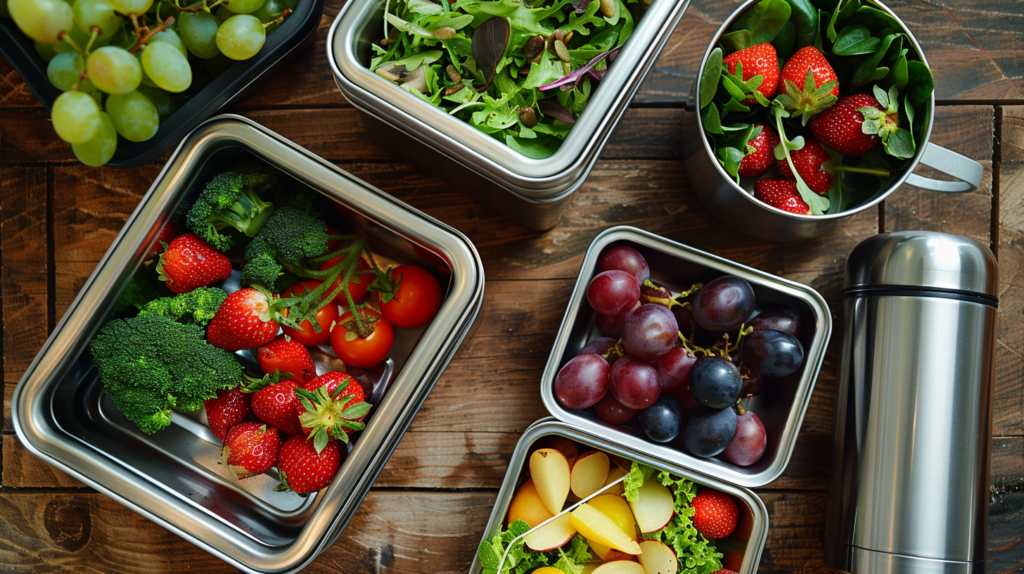

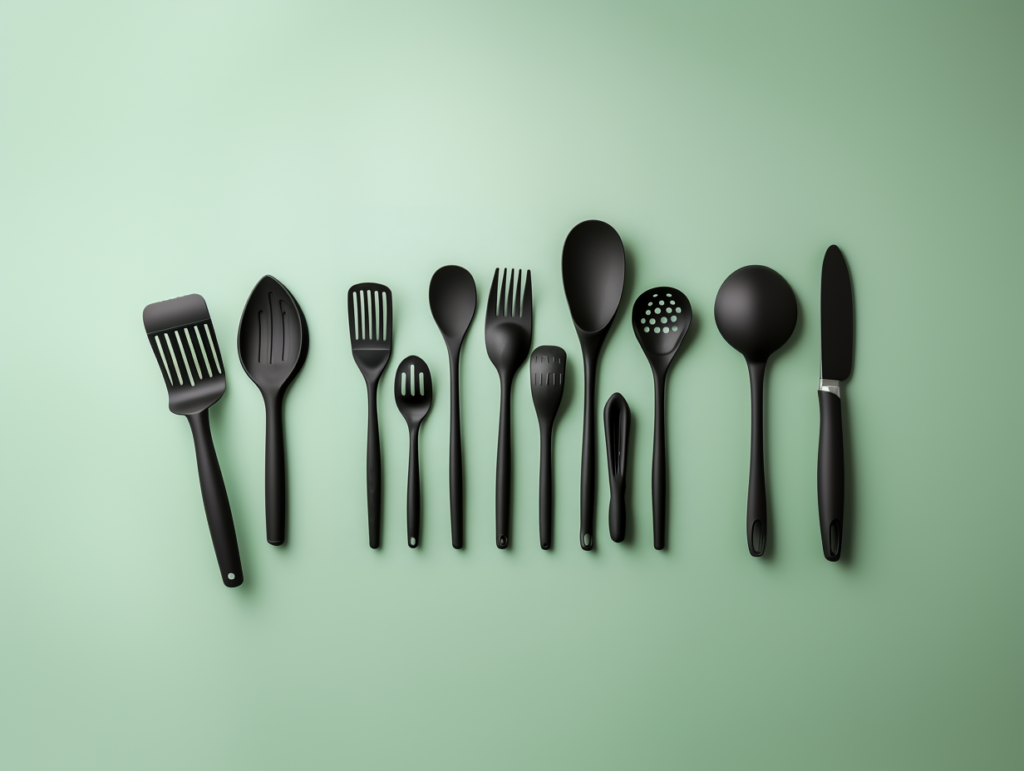
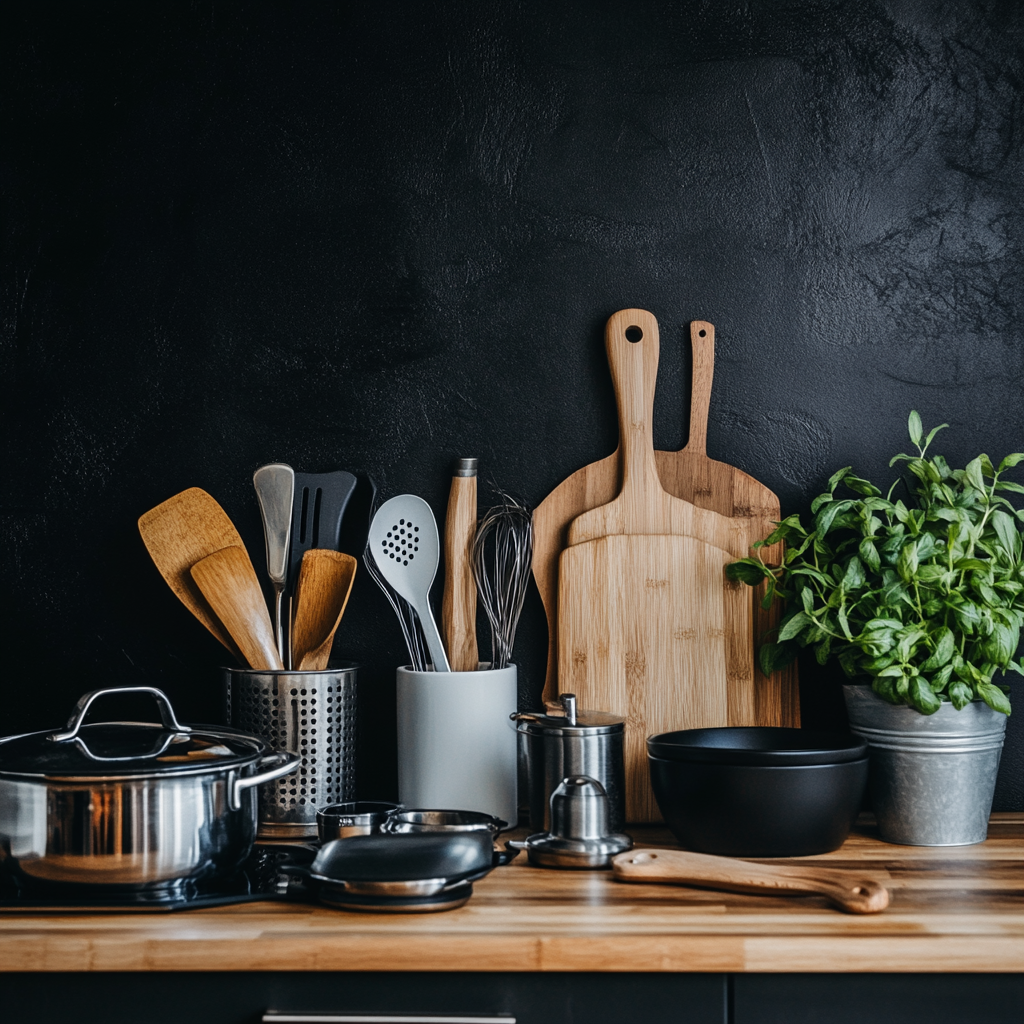

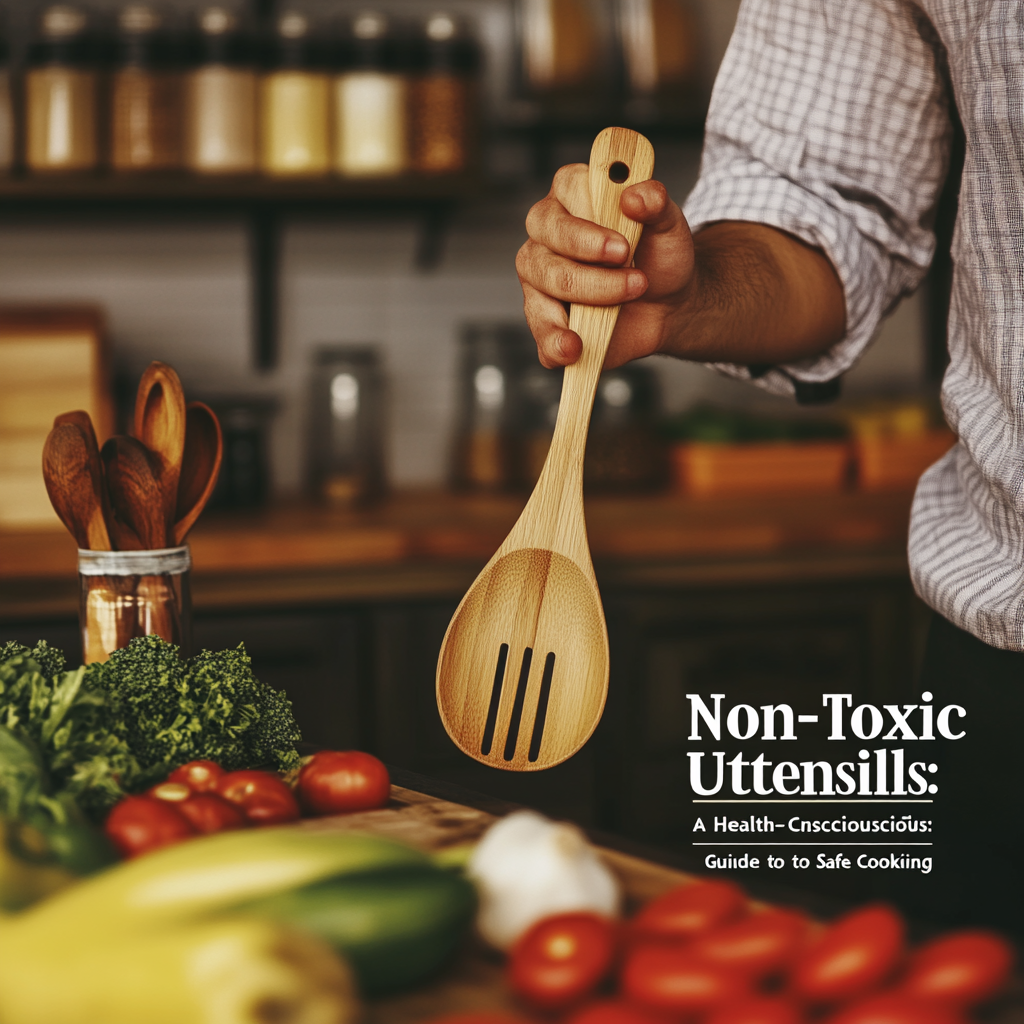


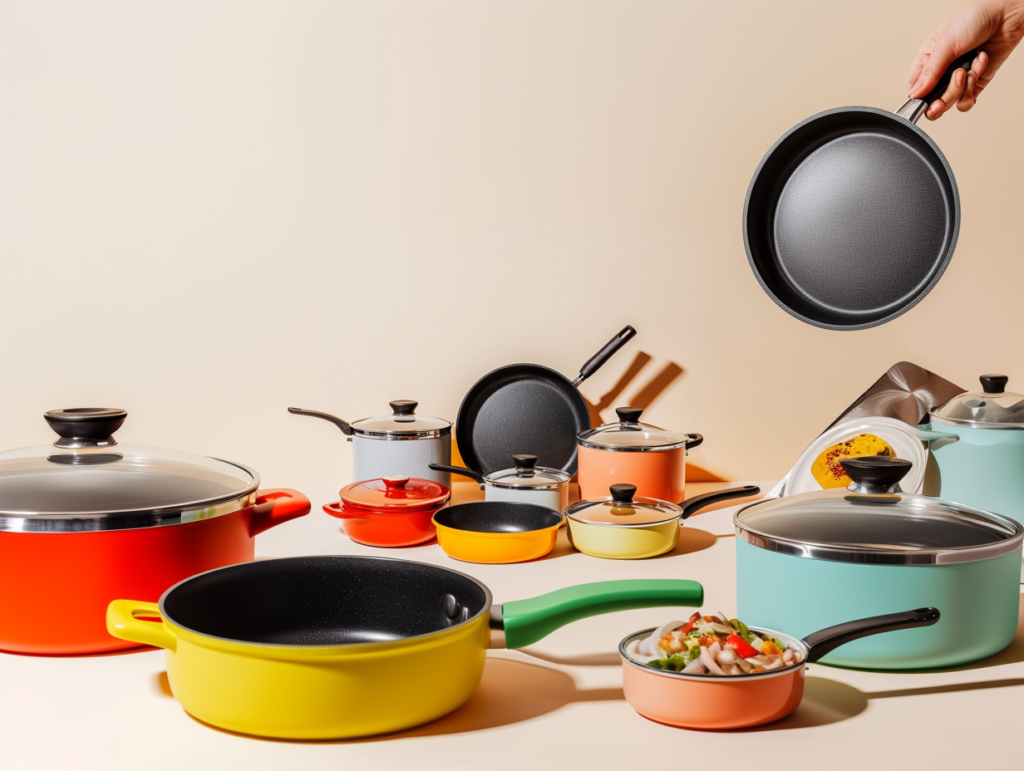
 Hey there, fellow food enthusiasts!
It's Rondo. I'm a blogger, here to turn your kitchen into a place of happy memories and delicious creations. And also help you find the perfect cookware that fits your budget and cooking style, and sharing delicious recipes that are easy to follow and guaranteed to impress.
Hey there, fellow food enthusiasts!
It's Rondo. I'm a blogger, here to turn your kitchen into a place of happy memories and delicious creations. And also help you find the perfect cookware that fits your budget and cooking style, and sharing delicious recipes that are easy to follow and guaranteed to impress.